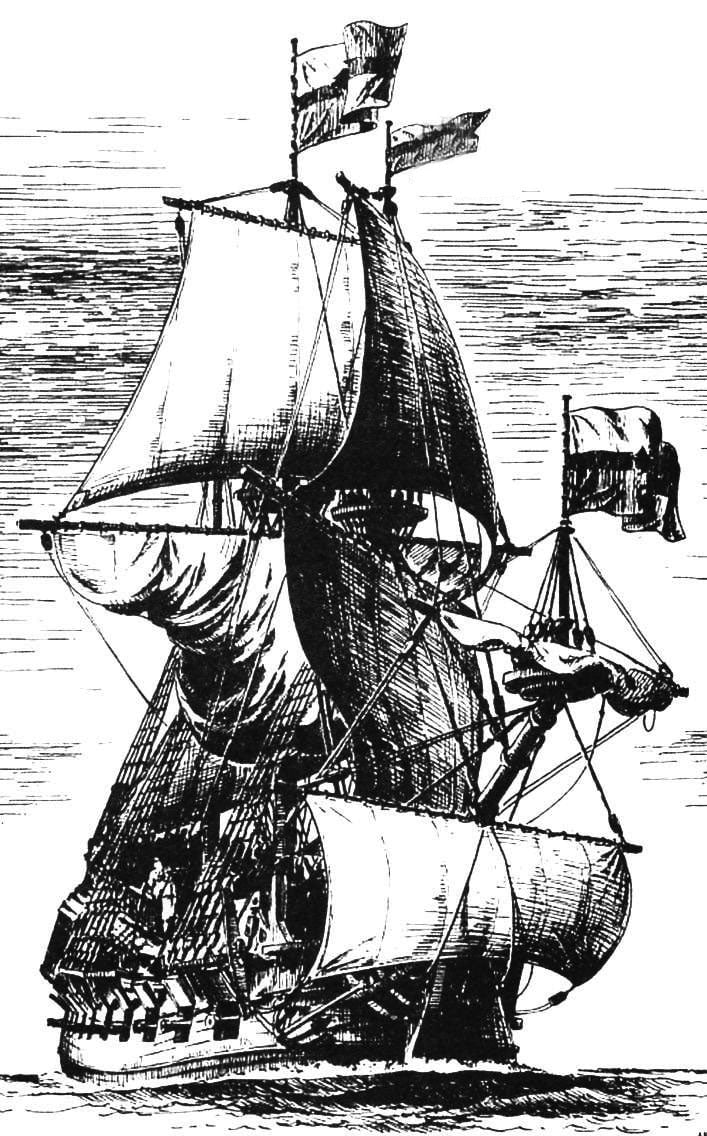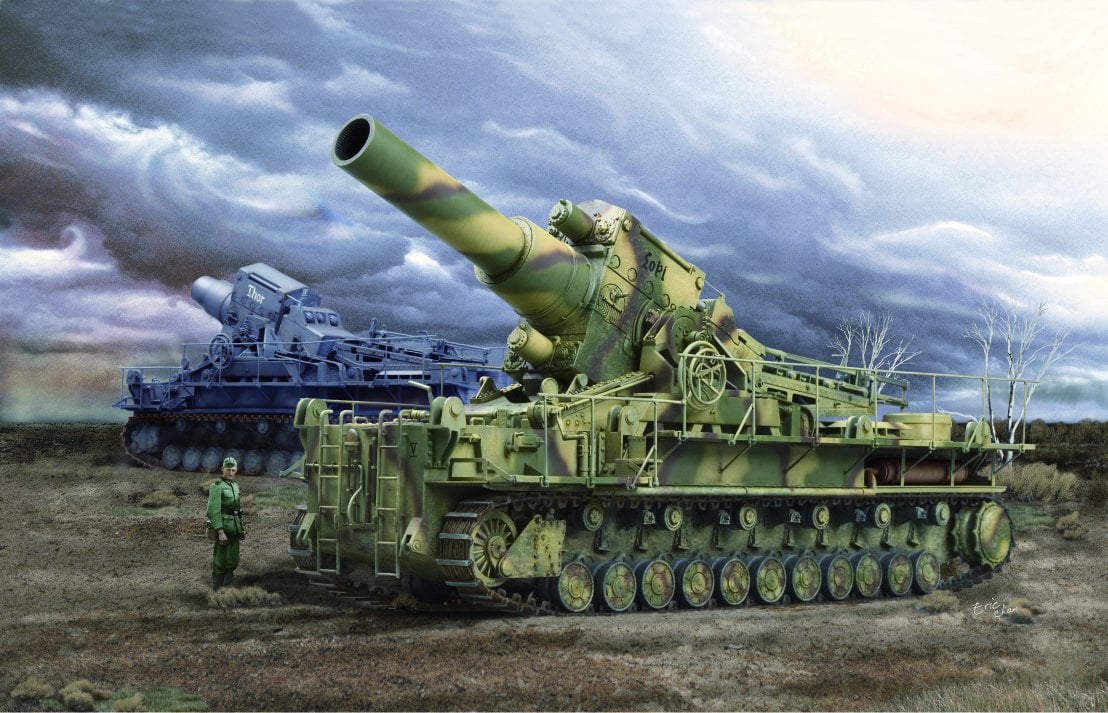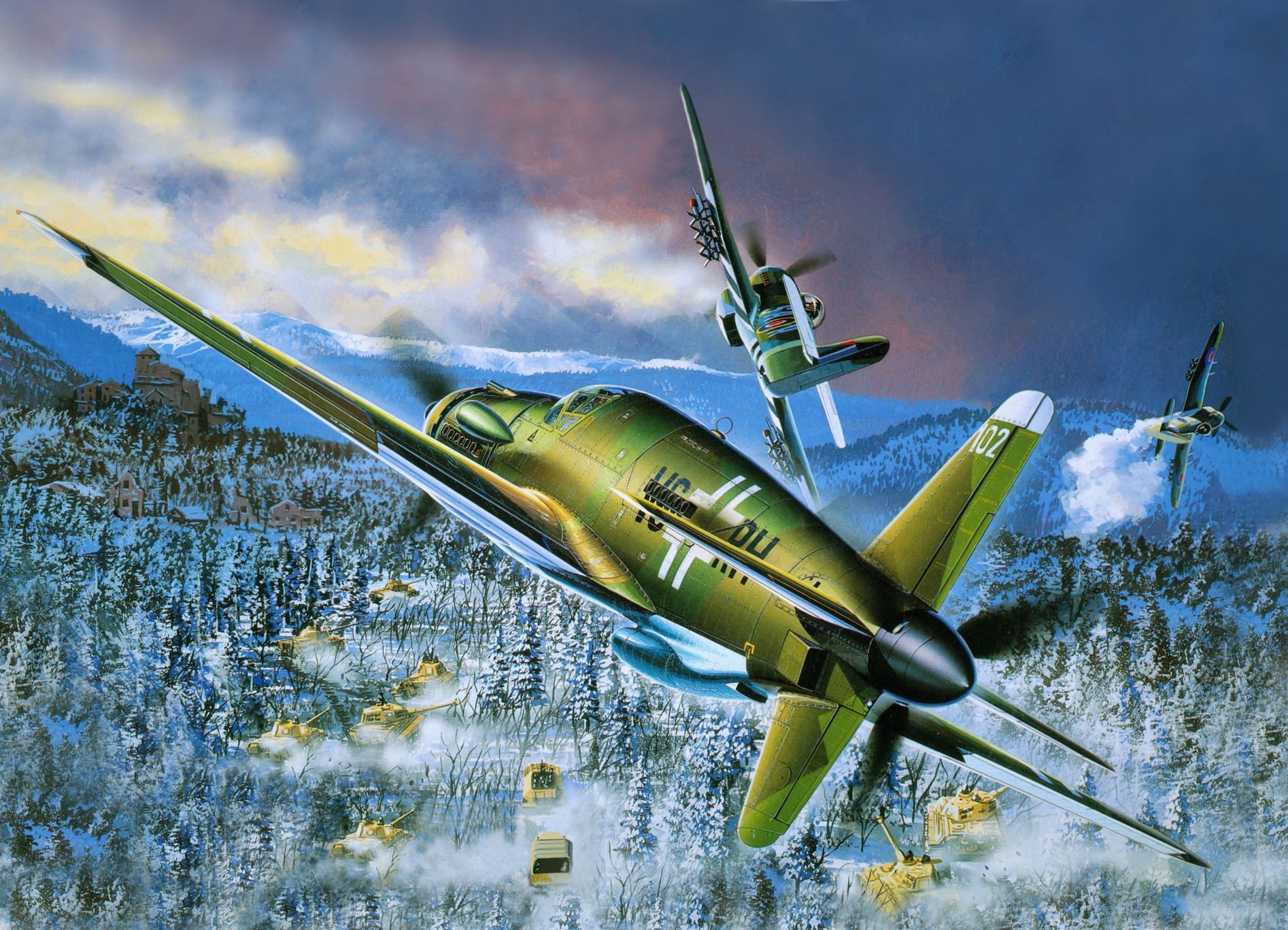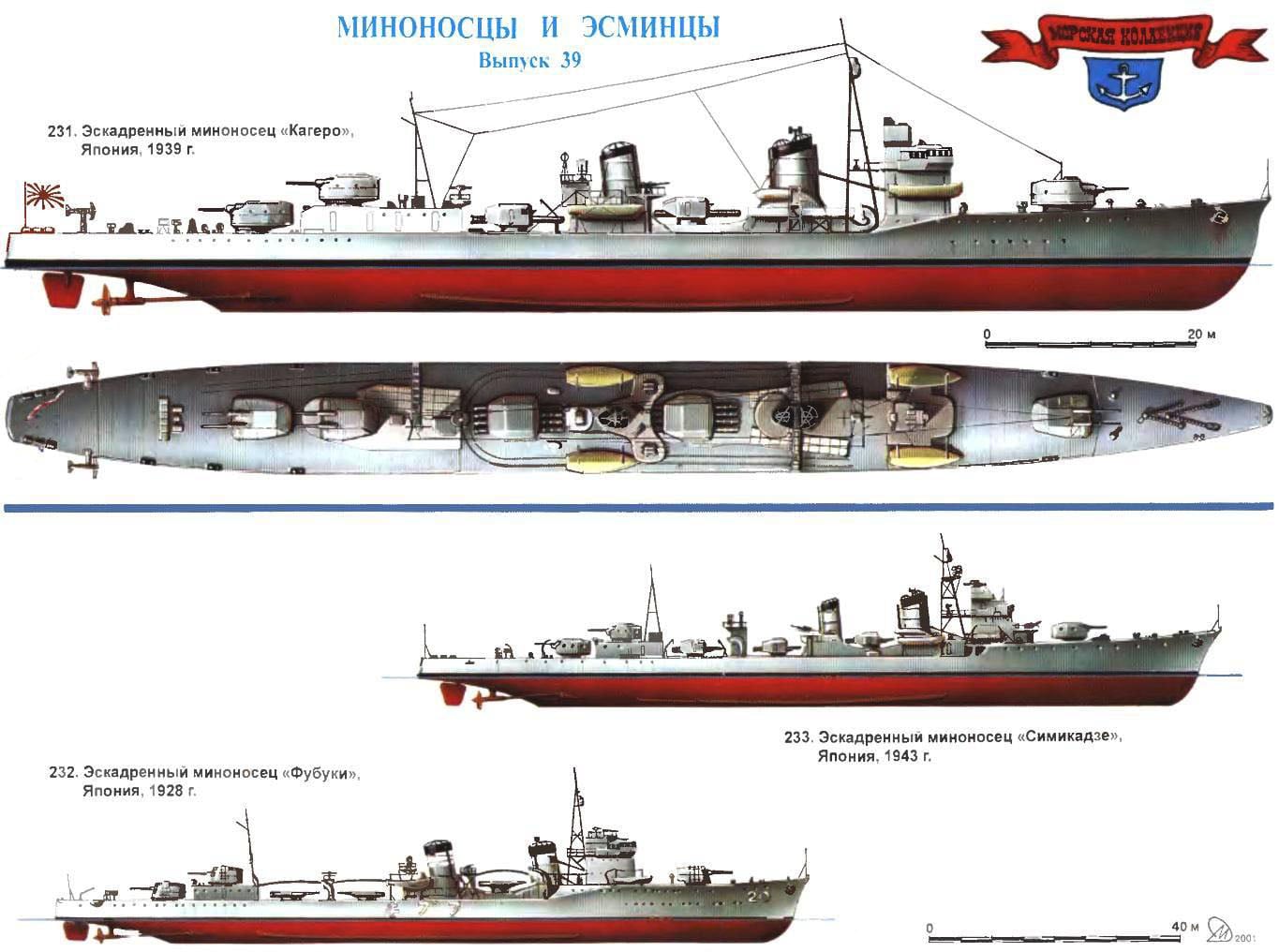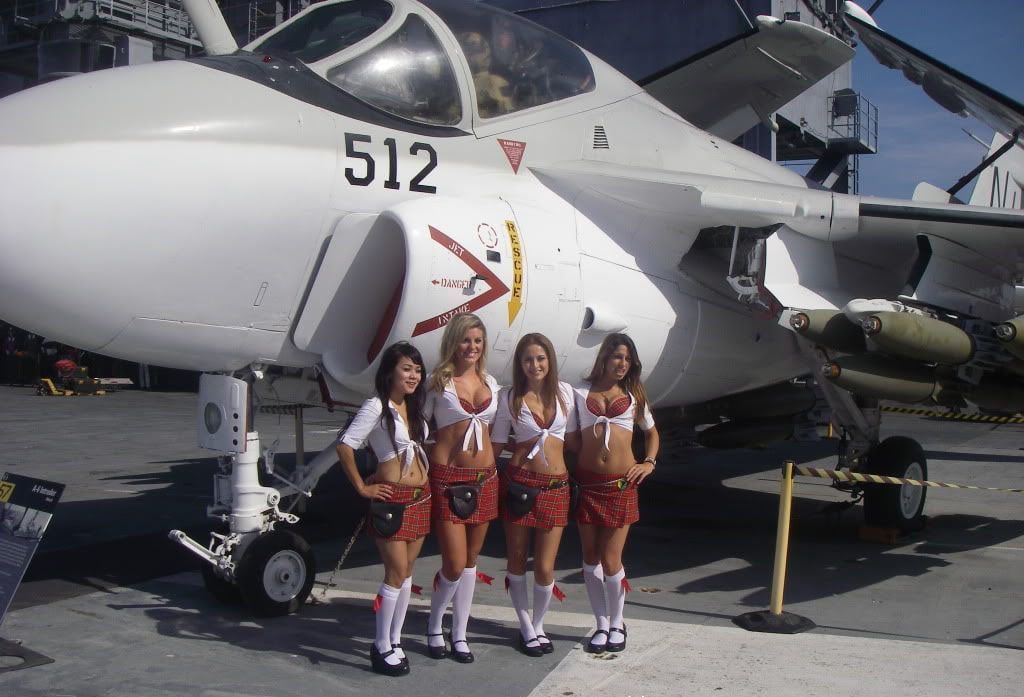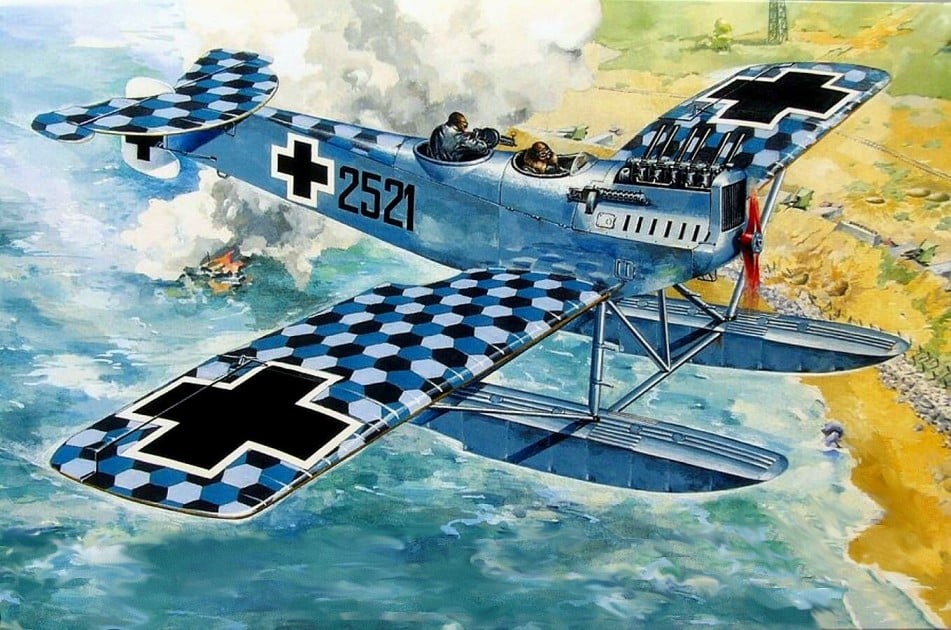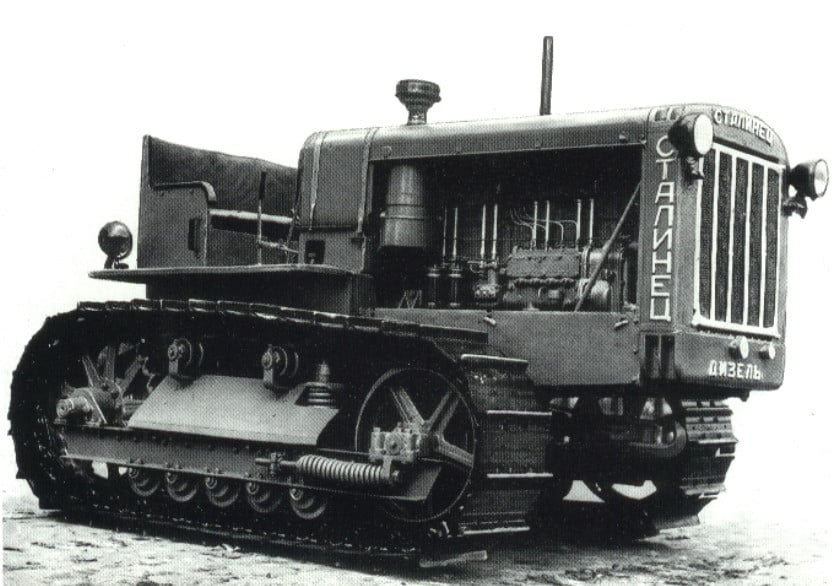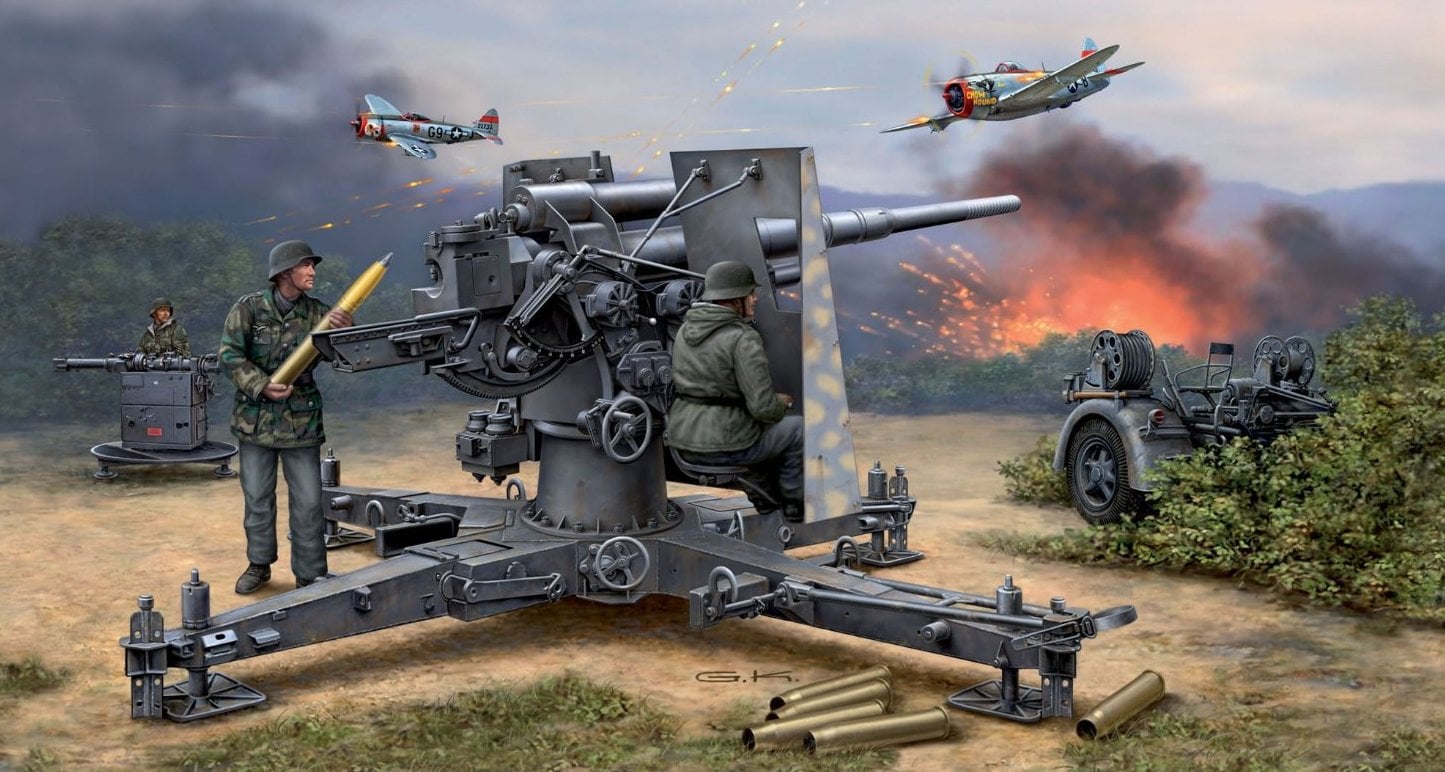 “Eagle” – the first Russian two-decked warship was built in 1669. The shipyard was laid in the village of Dedinovo, 26 km from Kolomna. This place is on the left Bank of the Oka river at the confluence of the Moscow river became the first Russian Admiralty. The organizer of the buildings was a prominent statesman of the time O. L. Ordin-Nashchokin. In spite of the great difficulties with materials and labor, the ship was able to float in less than a year -26 may 1668. However, to finish it did not, and he wintered on the river. In spring 1669 the work was resumed. On 25 April issued a decree on the award of the ship of the name “eagle”.
“Eagle” – the first Russian two-decked warship was built in 1669. The shipyard was laid in the village of Dedinovo, 26 km from Kolomna. This place is on the left Bank of the Oka river at the confluence of the Moscow river became the first Russian Admiralty. The organizer of the buildings was a prominent statesman of the time O. L. Ordin-Nashchokin. In spite of the great difficulties with materials and labor, the ship was able to float in less than a year -26 may 1668. However, to finish it did not, and he wintered on the river. In spring 1669 the work was resumed. On 25 April issued a decree on the award of the ship of the name “eagle”.
Collection
SIX CLONES “KARL”
 Mid-1930s, the Political leadership of the fledgling Germany wants revenge for the defeat in the First world war. The command of the Wehrmacht, forced perevooruzhit the army requires a supply of powerful concrete tools, hoping in the near future without much delay to overcome with their help, the Maginot line.
Mid-1930s, the Political leadership of the fledgling Germany wants revenge for the defeat in the First world war. The command of the Wehrmacht, forced perevooruzhit the army requires a supply of powerful concrete tools, hoping in the near future without much delay to overcome with their help, the Maginot line.
“ARROW”, DID NOT MEET EXPECTATIONS
 Shortly after the end of the great Patriotic war in the Soviet Union began to receive numerous captured documents and samples of military equipment. Among them, in a single instance did the twin-engine multi-purpose aircraft Do 235А-1. The Bureau of new technology in TSAGI it has thoroughly studied and built technical details, which is the basis of this publication.
Shortly after the end of the great Patriotic war in the Soviet Union began to receive numerous captured documents and samples of military equipment. Among them, in a single instance did the twin-engine multi-purpose aircraft Do 235А-1. The Bureau of new technology in TSAGI it has thoroughly studied and built technical details, which is the basis of this publication.
AMERICAN HALF-TRACK ARMORED PERSONNEL CARRIERS
 A family of half-track armored “half-tracks”, one of the most famous and popular among the fighting machines of the allies during the Second world war, began to be developed in the United States since 1932. Their design started from four firms: James Cunniagham and Sons, Linn, GMC and Marmon-Herrington. As the prototype was used the chassis of the French Citroen-Kegresse С417, several samples of which were purchased a year earlier. In the next five years was developed and tested experienced polupustyne options from T1 to Т9Е1. The latter, recognized as the most successful, was based on the chassis of the truck Ford V-8 wheel formula 4×2. Rear axle was replaced by a tracked vehicle of the company Timken with rubber caterpillar.
A family of half-track armored “half-tracks”, one of the most famous and popular among the fighting machines of the allies during the Second world war, began to be developed in the United States since 1932. Their design started from four firms: James Cunniagham and Sons, Linn, GMC and Marmon-Herrington. As the prototype was used the chassis of the French Citroen-Kegresse С417, several samples of which were purchased a year earlier. In the next five years was developed and tested experienced polupustyne options from T1 to Т9Е1. The latter, recognized as the most successful, was based on the chassis of the truck Ford V-8 wheel formula 4×2. Rear axle was replaced by a tracked vehicle of the company Timken with rubber caterpillar.
Limousine service
 Make any celebration more colorful and impressive will help limousine service – a great service for walking spacious and beautiful transport. To rent a luxury car for yourself and guests – a good idea. Today almost no feast is not complete without a stroll in the exquisite machines.
Make any celebration more colorful and impressive will help limousine service – a great service for walking spacious and beautiful transport. To rent a luxury car for yourself and guests – a good idea. Today almost no feast is not complete without a stroll in the exquisite machines.
JAPANESE THREAT TO AMERICANS
 In late 1942, the Americans felt themselves masters in the district of the island of Guadalcanal, where the Japanese switched to the defensive, both on land and at sea. So Admiral Wright calmly reacted to the arrived at 11 PM a message stating that to meet his connection of four cruisers and five destroyers, there is another “Tokyo Express” — a squad of eight destroyers with reinforcements for the garrison of the island. The US ships had radar and the first discovered of the enemy. But the Japanese Admiral Tanaka, one of the most talented and cold-blooded admirals of the Second world war, led his forces between the enemy and the shore, camouflaged against the background of high cliffs. He strictly ordered not to open fire, hoping to make a sudden torpedo attack.
In late 1942, the Americans felt themselves masters in the district of the island of Guadalcanal, where the Japanese switched to the defensive, both on land and at sea. So Admiral Wright calmly reacted to the arrived at 11 PM a message stating that to meet his connection of four cruisers and five destroyers, there is another “Tokyo Express” — a squad of eight destroyers with reinforcements for the garrison of the island. The US ships had radar and the first discovered of the enemy. But the Japanese Admiral Tanaka, one of the most talented and cold-blooded admirals of the Second world war, led his forces between the enemy and the shore, camouflaged against the background of high cliffs. He strictly ordered not to open fire, hoping to make a sudden torpedo attack.
GRUMMAN A-6E TRAM INTRUDER

 After the Korean war, American experts came to the conclusion that the piston attack aircraft is completely outdated. That is why the leadership of the U.S. Navy approached several companies with a proposal to design a new drum machine. An order to develop an all-weather jet carrier-based attack aircraft was issued in 1956, just a year, was declared the winner of the contest became a firm Grumman, submitting the G-128.
After the Korean war, American experts came to the conclusion that the piston attack aircraft is completely outdated. That is why the leadership of the U.S. Navy approached several companies with a proposal to design a new drum machine. An order to develop an all-weather jet carrier-based attack aircraft was issued in 1956, just a year, was declared the winner of the contest became a firm Grumman, submitting the G-128.A FIGHTER WITHOUT A KEEL…
 Seaplane Hansa-Brandenburg W-12. The date of establishment of the naval aviation of Germany is considered to be 26 Oct 1910. On that day Admiral Alfred von Tirpitz signed a Directive on early tests of aviation equipment and aircraft, intended for use in the German Navy. And in the winter of 1911 in Putzig was established the first base of naval aviation, whose commander was appointed captain-Lieutenant max Goering.
Seaplane Hansa-Brandenburg W-12. The date of establishment of the naval aviation of Germany is considered to be 26 Oct 1910. On that day Admiral Alfred von Tirpitz signed a Directive on early tests of aviation equipment and aircraft, intended for use in the German Navy. And in the winter of 1911 in Putzig was established the first base of naval aviation, whose commander was appointed captain-Lieutenant max Goering.
TRACTOR TRAILERS TRUST “LYSOSOMALLY”
 In the first five years of the forestry of the country began to arrive, wheeled and crawler tractors (mostly “Stalinists”), which allowed largely to mechanize logging. Tractor mounted mobile plant, cranes, bulldozers and other equipment. Of course, used tractors and removal of the wood.
In the first five years of the forestry of the country began to arrive, wheeled and crawler tractors (mostly “Stalinists”), which allowed largely to mechanize logging. Tractor mounted mobile plant, cranes, bulldozers and other equipment. Of course, used tractors and removal of the wood.“EIGHT-EIGHT”
 88-mm anti-aircraft gun Flak 18/36. The history of military technology is replete with examples where a particular weapon has become world famous. So, do not need additional introduction of the Soviet T-34 tank, the German bomber Ju-87, the British armored personnel carrier “Universal” American car “jeep” and many others. This list includes the German 88-mm anti-aircraft gun — without doubt, the most famous artillery piece of world war II.
88-mm anti-aircraft gun Flak 18/36. The history of military technology is replete with examples where a particular weapon has become world famous. So, do not need additional introduction of the Soviet T-34 tank, the German bomber Ju-87, the British armored personnel carrier “Universal” American car “jeep” and many others. This list includes the German 88-mm anti-aircraft gun — without doubt, the most famous artillery piece of world war II.
